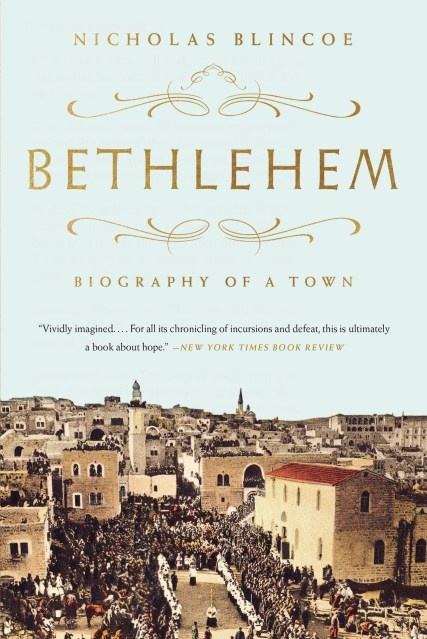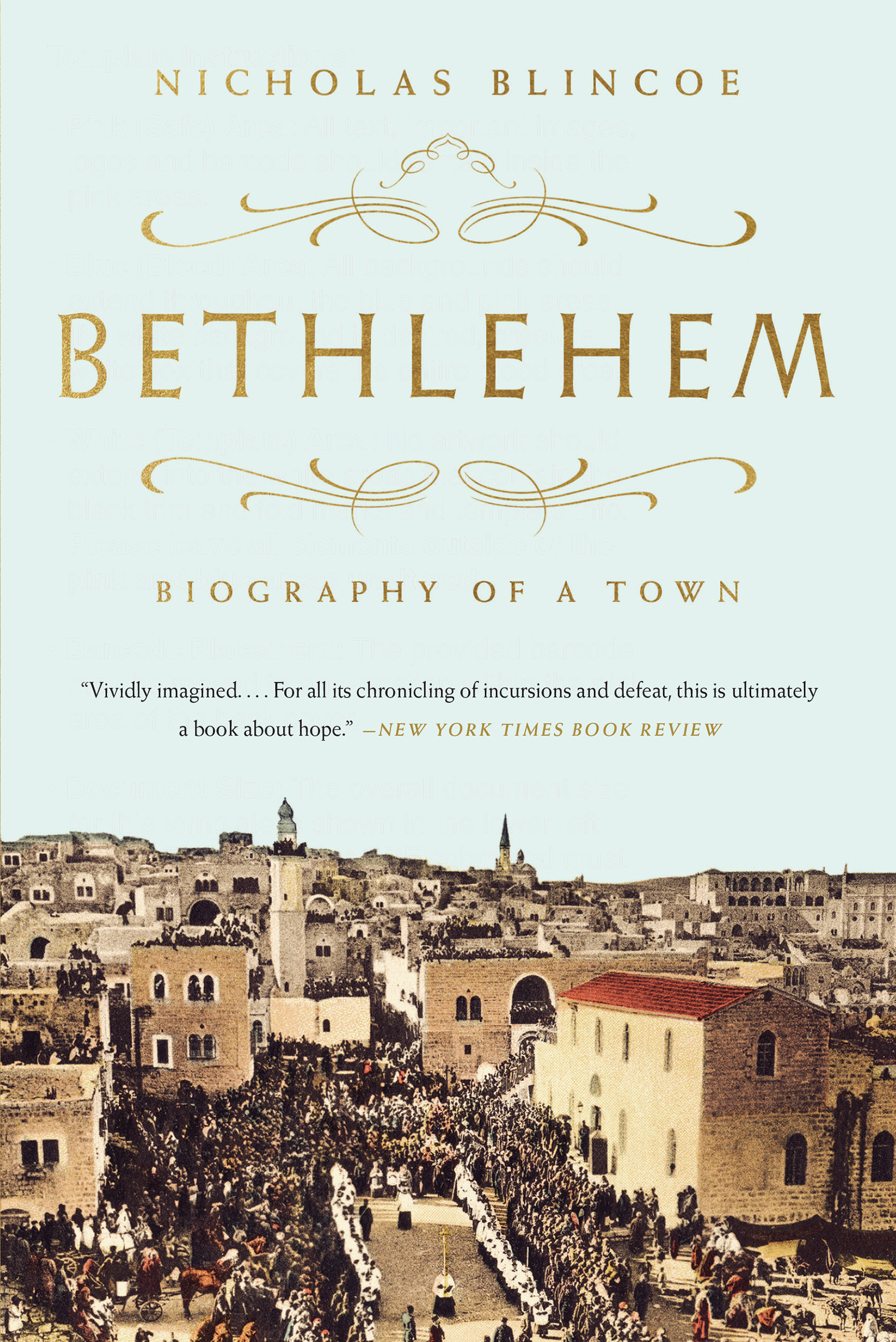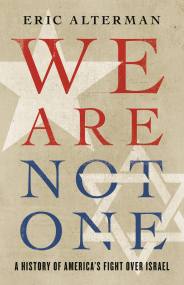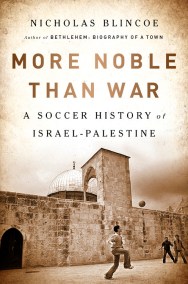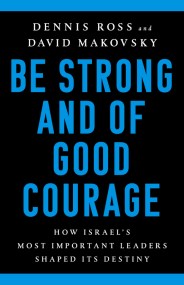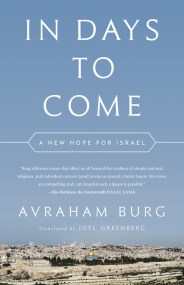Bethlehem
Biography of a Town
Contributors
Formats and Prices
Price
$11.99Price
$15.99 CADFormat
Format:
- ebook $11.99 $15.99 CAD
- Trade Paperback $21.99 $28.99 CAD
This item is a preorder. Your payment method will be charged immediately, and the product is expected to ship on or around November 7, 2017. This date is subject to change due to shipping delays beyond our control.
Also available from:
Bethlehem is so suffused with history and myth that it feels like an unreal city even to those who call it home. For many, Bethlehem remains the little town at the edge of the desert described in Biblical accounts. Today, the city is hemmed in by a wall and surrounded by forty-one Israeli settlements and hostile settlers and soldiers.
Nicholas Blincoe tells the town’s history through the visceral experience of living there, taking readers through its stone streets and desert wadis, its monasteries, aqueducts, and orchards to show the city from every angle and era. His portrait of Bethlehem sheds light on one of the world’s most intractable political problems, and he maintains that if the long thread winding back to the city’s ancient past is severed, the chances of an end to the Palestine-Israel conflict will be lost with it.
-
"[Bethlehem] brings within reach 11,000 years of history, centering on the beloved town's unique place in the world. Blincoe's love of Bethlehem is compelling, even as he does not shy away from the complexities of its chronicle."President Jimmy Carter
-
"Stories about places, unlike the stories of individuals, tend to be shifty. Yes, some evidence is there but the connecting human threads have to be imagined. In the clever hands of Nicholas Blincoe, Bethlehem emerges as a wholesome 11,000-year-old, ancient yet lucidly defined with a gripping tale to tell about herself and about the entire region. This tale illuminates both the past and the present of the Middle East with countless instances of fantastic achievement and equally terrible human folly."Yotam Ottolenghi, coauthor of Jerusalem
-
"Blincoe's book is as multifaceted as the city about which he writes. With great skill he accomplishes the daunting task of providing a highly readable account covering the long history of Bethlehem from the Stone Age to modern times. But it is not only a work of scholarship. It's a book by a talented chronicler who lovingly paints the city's many contradictions and bewildering complexity. Highly readable and informative it leaves the reader not only with a profound admiration for this city of extremes and its resilient inhabitants who have endured such hardships but also with a deep lament at the current suffering of the people of Bethlehem."Raja Shehadeh, author of Where The Line Is Drawn
-
"A lovely personal adventure through the history of Bethlehem from its origins up to the present day. Blincoe captures the continuities and contradictions, the myths and the history of one of the world's most famous towns."Peter Frankopan, author of Silk Roads
-
"This sensitive and human history of Bethlehem from ancient time to our day is the most original and powerful guide you will ever read about this important city. The book succeeds in fusing together the history of more than a millennium with personal recollections, archaeological and morphological insights, as well [as] wonderfully written descriptions of human and geographical landscapes. Relics and stories of the past are used as entry points for uncovering the various chapters in this holy city's history through personal anecdotes and the most recent scholarship, with constant attention to human suffering and hopes."Ilan Pappe
-
"Blincoe's remarkable account is stunning in scope and draws on absorbing sources. Interweaving his years of personal familiarity with Bethlehem, he reveals the town as 'the fulcrum of world history.' His gifted writing and nuanced humor makes this a must-read, as he sweeps across millennia."Mary Elizabeth King, author of A Quiet Revolution
-
"A remarkable and important history with fascinating insights round every corner."Charlie English, author of The Storied City
-
"An exuberant and erudite journey into the real Bethlehem. Each page leads the reader down new and fascinating tangents of history, cuisine, and personal anecdote, each time somehow finding its way back to Bethlehem and its habit of standing at the center of world affairs."Jacob Norris, author of Land of Progress: Palestine in the Age of Colonial Development
-
"This is a learned, trenchant and badly-needed history of one of the most famous and symbolically-laden, yet woefully misunderstood, cities on earth. Millions believe they care deeply about Bethlehem without knowing the first thing about its history or lived reality. The next time someone feels like singing about this 'little town,' perhaps they should spend some time with Mr. Blincoe's illuminating book first."Hussein Ibish, Arab Gulf States Institute in Washington
-
"A history of the town of Bethlehem, both sweeping and personal in scope."Kirkus Reviews
-
"All will leave these pages with a richer understanding of an iconic city."Booklist
-
"Blincoe weaves a tapestry of history, geography, and politics that illuminates this most famous of areas, here seen through the eyes of one who knows the place intimately."Library Journal, Starred Review
-
"Blincoe's thoroughness is nothing short of impressive... [Bethlehem]offers a biography so vividly imagined that I jumped when my phone buzzed, interrupting my reverie of Nabatean temples... The reward is in the lush prose and personal accounts. Blincoe is a joyful writer, well suited to the task of evoking place with passages...transporting the reader with mouthwatering specificity. ...More than anything, his love for the place leaps off the page; for all its chronicling of incursions and defeat, this is ultimately a book about hope."New York Times Book Review
-
"That [Blincoe] manages to cover so much with an engaging, even jocular, tone is a credit to [his] writing skill... For readers who want to dig deep into the founding of this little town of legend, [Bethlehem} makes for happy reading."National Catholic Reporter
-
"Having lived in Bethlehem for a number of years, Nicholas Blincoe knows the area intimately. His masterful biography traces humankind's steps from the caves and carvings of the 9th century BCE to the complicated politics of the present day... A powerful and passionate plea for understanding."The Spectator
-
"A delightful and informative read."The Sunderland Echo
-
"Bethlehem is no straightforward account of this extraordinary little town. Part history, part travelogue and memoir, it reads like an extended love letter to a place on the brink... Blincoe gives himself free rein to share memories, travels, interviews and assorted experiences along the way in a highly discursive, frequently amusing, often tragic but always accessible history."The Guardian
- On Sale
- Nov 7, 2017
- Page Count
- 288 pages
- Publisher
- Bold Type Books
- ISBN-13
- 9781568585840
Newsletter Signup
By clicking ‘Sign Up,’ I acknowledge that I have read and agree to Hachette Book Group’s Privacy Policy and Terms of Use
